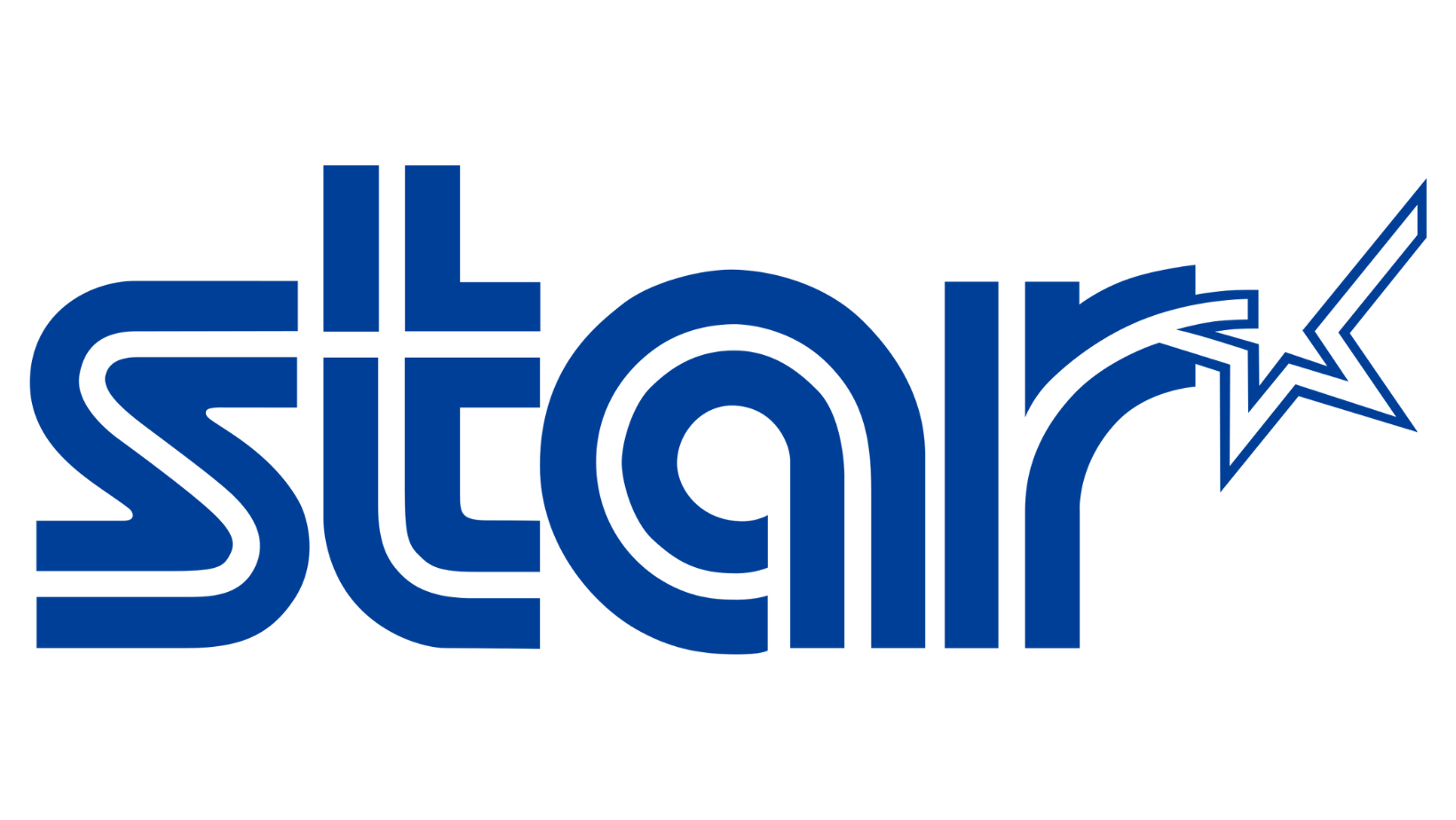The Benefits of LoRaWAN Technology for Restaurant Monitoring: Why It's Superior to Other Wireless Options

In today's world, the Internet of Things (IoT) is becoming increasingly important for businesses, particularly in the food and hospitality industry. With the rise of food delivery services and the need for real-time monitoring of food safety and quality, IoT technology is crucial for ensuring customer satisfaction and maintaining a competitive edge.
One wireless technology that has gained popularity in the IoT space is LoRaWAN, which stands for Long Range Wide Area Network. LoRaWAN is a low-power, long-range wireless communication protocol that is well-suited for IoT applications, including restaurant monitoring. In this blog post, we will explore the benefits of LoRaWAN technology for restaurant monitoring and how it compares to other wireless technologies.
Benefits of LoRaWAN for Restaurant Monitoring:
- Long Range Coverage: One of the key advantages of LoRaWAN is its ability to cover long distances with minimal infrastructure. This is particularly useful for restaurants, as it allows for the deployment of sensors and other monitoring devices in a variety of locations, including hard-to-reach areas such as kitchens and storage rooms.
- Low Power Consumption: LoRaWAN devices are designed to be low-power, which means they can operate for long periods of time on a single battery. This is important for restaurant monitoring, as it allows for continuous monitoring without the need for frequent battery changes.
- Scalability: LoRaWAN is highly scalable, which means it can support a large number of devices on a single network. This is particularly useful for restaurants, as it allows for the expansion of the monitoring system as needed.
- Reliability: LoRaWAN networks are known for their reliability, as they are able to maintain a strong signal even in challenging environments such as urban areas with high levels of interference. This is important for restaurant monitoring, as it ensures that data is transmitted accurately and consistently.
- Security: LoRaWAN networks use advanced encryption methods to ensure the security of transmitted data. This is important for restaurant monitoring, as it protects sensitive information such as food temperatures and inventory levels from being accessed by unauthorized individuals.
Comparison to Other Wireless Technologies:
- Wi-Fi: One of the main alternatives to LoRaWAN for restaurant monitoring is Wi-Fi. However, Wi-Fi has several limitations that make it less suitable for this purpose. For example, Wi-Fi has a shorter range and requires a more complex infrastructure, which can be costly to install and maintain. Additionally, Wi-Fi networks can be prone to interference and require more power to operate, which can be a problem for restaurants that need to continuously monitor their equipment.
- Zigbee: Another alternative to LoRaWAN is Zigbee, which is a wireless communication protocol that is commonly used in IoT applications. However, Zigbee has a shorter range and is less reliable than LoRaWAN, which can be a problem for restaurant monitoring. Additionally, Zigbee requires a more complex infrastructure and is not as scalable as LoRaWAN.
- Bluetooth: Bluetooth is another wireless technology that is commonly used in IoT applications, but it is not as well-suited for restaurant monitoring as LoRaWAN. Bluetooth has a shorter range and is not as reliable as LoRaWAN, which can be a problem for continuous monitoring. Additionally, Bluetooth requires more power to operate and is not as scalable as LoRaWAN.
Battery life is an important factor to consider when comparing wireless technologies for IoT applications, and LoRaWAN is particularly well-suited for this aspect. One of the key advantages of LoRaWAN is its low power consumption, which allows for long periods of operation on a single battery. This is particularly useful for restaurant monitoring, as it allows for continuous monitoring without the need for frequent battery changes.
In comparison, other wireless technologies such as Wi-Fi and Bluetooth have higher power requirements and may require more frequent battery changes, which can be inconvenient and costly for restaurants. Zigbee, while also a low-power technology, has a shorter range and is not as reliable as LoRaWAN, which can also impact battery life.
The low power consumption of LoRaWAN devices can also result in cost savings for restaurants, as it reduces the need for frequent battery replacements and can extend the life of the monitoring system. Overall, the long battery life of LoRaWAN devices makes it a highly efficient and cost-effective choice for restaurant monitoring.
Conclusion:
In conclusion, LoRaWAN is a superior wireless technology for restaurant monitoring due to its long range coverage, low power consumption, scalability, reliability, and security. While other wireless technologies such as Wi-Fi, Zigbee, and Bluetooth may also be used for IoT applications, they do not offer the same level of performance and suitability as LoRaWAN.
The use of LoRaWAN technology in restaurant monitoring can provide numerous benefits, including the ability to monitor food safety and quality in real-time, optimize inventory management, and improve overall efficiency and customer satisfaction. As the demand for IoT technology in the food and hospitality industry continues to grow, it is likely that LoRaWAN will become an increasingly important tool for restaurants and other businesses looking to stay ahead of the competition.




.png)








